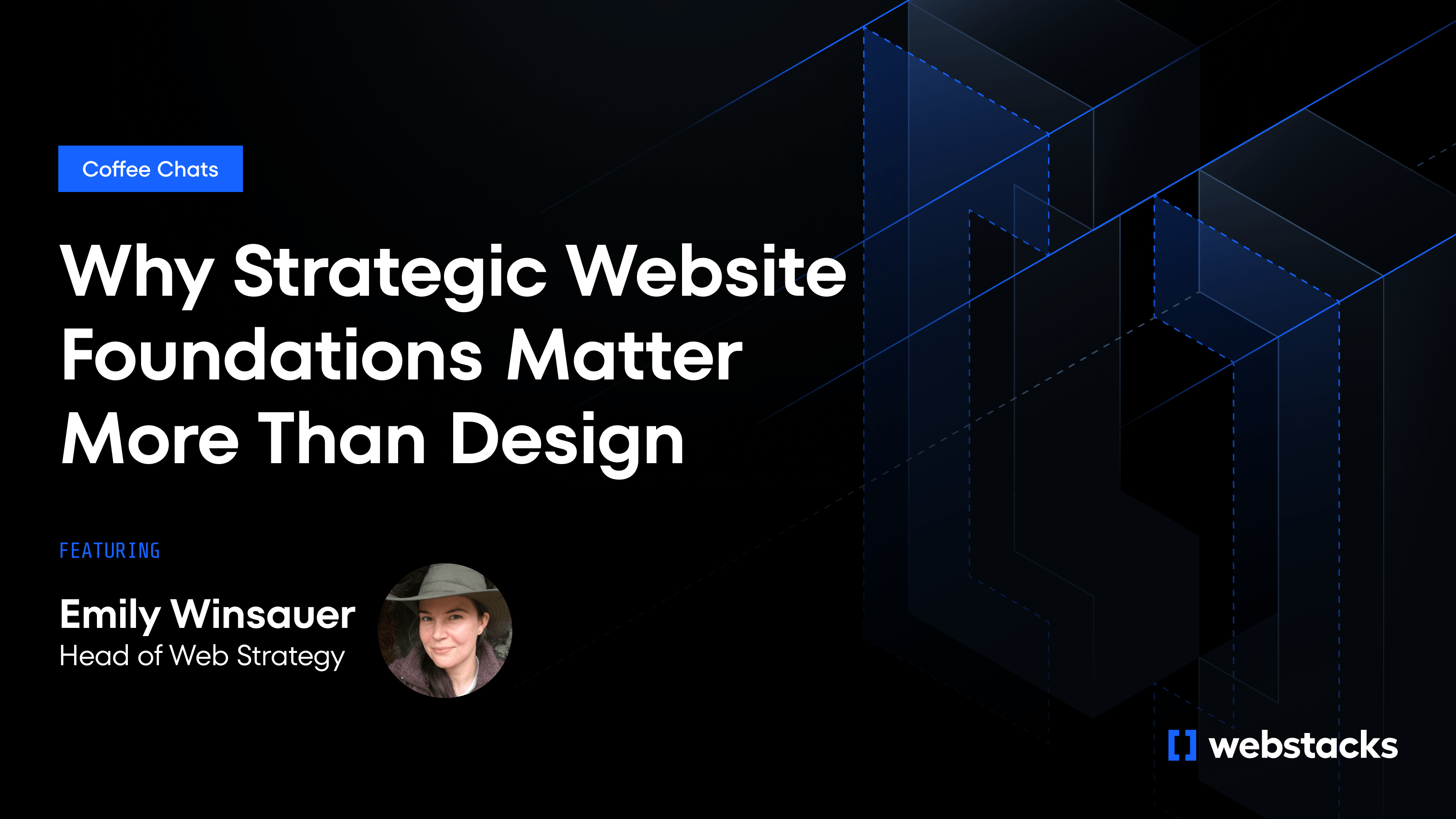Traditional CMS platforms like Adobe Experience Manager (AEM) make content updates feel slow and expensive. Developers deal with custom Java code and dispatcher configs. Marketers wait in ticket queues for even small changes. Meanwhile, your competitors are shipping pages in hours—not weeks.
Sanity offers a different path. It’s API-first, built on a modern JavaScript stack, and designed for structured content that can publish to any channel. Teams trade long deployment cycles for live previews, real-time collaboration, and developer workflows that scale. This comparison breaks down where each platform fits, and where it falls short, across performance, extensibility, editor experience, and total cost of ownership.

Comparing Sanity and AEM
A headless CMS should give you flexibility, not more layers to manage. While both Sanity and AEM support omnichannel delivery, their foundations couldn’t be more different. Sanity is built headless from the start, with developer workflows and structured content at the core. AEM, by contrast, adds headless features onto a page-based legacy system—bringing extra weight and complexity along for the ride.
Architecture and Flexibility
The foundation of any CMS shapes how fast your team can ship and how easily you can scale. Sanity is built from the ground up for structured, headless content delivery—no legacy assumptions or hidden dependencies. AEM, by contrast, adds headless features on top of a page-based core, which often adds complexity when integrating with modern, API-first stacks.
Sanity’s schemas live in your repo, so developers can ship new content types through pull requests—just like any other code change. Its API-first design fits naturally into composable stacks, giving teams full control over how and where content appears.
AEM, on the other hand, still favors Adobe-native workflows. While you can expose content through APIs, the underlying architecture assumes tight coupling with Adobe’s suite. That makes it harder to iterate quickly or swap in best-of-breed services.
If you want a CMS that fits into your existing dev process, scales with your site, and keeps your stack modular, Sanity offers more flexibility with less overhead.
Total Cost of Ownership and Pricing Transparency
Sanity offers published, usage-based pricing, so teams can estimate costs upfront. AEM pricing is opaque and often bundled with other Adobe products, making it hard to isolate true costs.
You don’t need specialized talent to run Sanity—JavaScript developers can get started without training. As usage grows, you scale API quotas instead of infrastructure. For teams with mid-market budgets, predictable pricing and lower overhead make Sanity easier to justify.
Developer Workflow and Onboarding Speed
Sanity projects go live in weeks. You write your schema in JavaScript, push to Git, and the Studio updates instantly—no deployment ceremony, no manual syncing. AEM’s onboarding takes longer. Developers must configure XML, Sling models, and templates before content teams can start publishing. The difference: faster feedback loops and fewer hand-offs with Sanity.
Performance and Scalability
Sanity’s real-time backend and cloud-native architecture handle traffic spikes automatically. Previews load instantly, and it pairs well with Jamstack hosts like Vercel and Netlify.
AEM requires more setup: Dispatcher, custom CDN rules, and Adobe-managed hosting. Each layer adds latency and operational overhead. Unless you're all-in on Adobe, the lighter, low-maintenance model scales faster.
Integrations and Ecosystem Compatibility
Sanity connects easily to modern frameworks and tools—Next.js, Shopify, Algolia, and more—using APIs, webhooks, or SDKs. There’s no need to wait for vendor-certified plugins.
AEM integrates well within the Adobe suite, but third-party tools often need custom code and long QA cycles. If you're building a best-of-breed stack, Sanity's open approach makes integrations faster and more flexible.

Why Sanity Is Our Winner
Sanity gives teams the flexibility and speed that legacy platforms like AEM can’t match. Its headless-native, API-first architecture lets developers define content in JavaScript, push updates through Git, and publish in real time.
Cost is equally straightforward. Sanity uses clear, usage-based pricing. AEM requires custom licensing, partner fees, and specialized talent—costs that can quickly climb into six figures.
Once you're live, the gap widens. Sanity projects launch in weeks, with cloud-native performance, instant previews, and a large pool of JavaScript developers ready to contribute. AEM can scale, but only with complex caching layers and certified support, which slows iteration and drives up maintenance.
Choose Sanity if you need fast deployment, transparent pricing, and the freedom to integrate with modern tools like Next.js, Shopify, or Algolia. AEM still has a place for teams deeply embedded in the Adobe Marketing Cloud—but for most modern content operations, Sanity offers more speed, more control, and fewer tradeoffs.
Make Your Migration Easy with Webstacks
Switching to a headless CMS can feel daunting, but with Webstacks, you're guided by seasoned experts in platform transitions. Our team excels in migrating from legacy systems to cutting-edge solutions like Sanity. With extensive experience in implementing Sanity, we understand the nuanced differences between platforms and can tailor the migration to suit your specific needs.
Webstacks takes a tech-agnostic approach, ensuring that we recommend the best fit for your business goals. However, we often favor Sanity for its flexibility and ease of use in numerous scenarios. If you're curious about making the switch, consider reaching out for a consultation or downloading our comprehensive website migration guide. Our aim is not just to create pages, but to build growth-oriented websites that drive your business forward.




